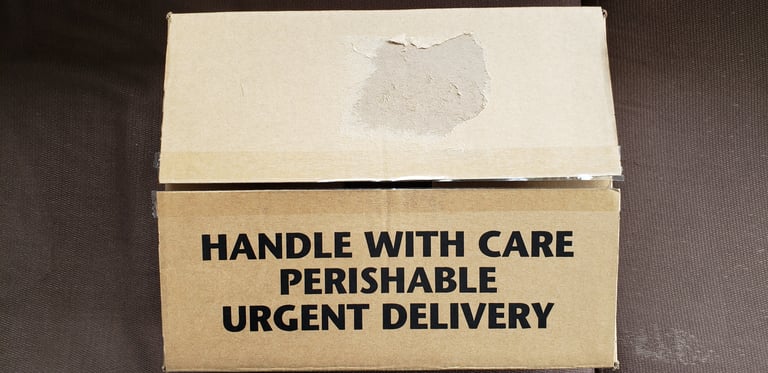
Optimizing Delivery Routes for Perishable Goods

Discover the key strategies to ensure your perishable goods reach their destination fresh and intact by optimizing delivery routes.
The Importance of Optimized Delivery Routes for Perishable Goods
Optimized delivery routes are crucial for transporting perishable goods because they ensure timely deliveries and reduce the risk of spoilage. By minimizing transit times, businesses can maintain the quality and freshness of their products, whether they are food items, flowers, or other temperature-sensitive goods.
In addition, optimized routes help in cutting down transportation costs by reducing fuel consumption and vehicle wear and tear. This not only contributes to environmental sustainability but also enhances the overall efficiency of the supply chain.
Leveraging Technology for Route Optimization
Technology plays a vital role in optimizing delivery routes for perishable goods. Advanced route planning software can analyze traffic patterns, weather conditions, and road closures to determine the most efficient paths. This ensures that perishable items spend less time in transit and arrive in the best possible condition.
Real-time tracking systems provide up-to-the-minute information on the location and status of shipments, allowing for quick adjustments to routes if necessary. These technologies also offer transparency to customers, who can monitor the progress of their deliveries and anticipate arrival times.
Challenges in Transporting Perishable Goods
Transporting perishable goods poses several challenges, including maintaining the correct temperature throughout the journey. Any deviation can lead to spoilage and significant financial losses. Additionally, border crossings between the US and Canada can introduce delays due to customs inspections and paperwork, further complicating the transport process.
Other challenges include handling the diverse nature of perishable goods, each with its own specific storage and transport requirements, and managing unexpected disruptions such as vehicle breakdowns or severe weather conditions.
Best Practices for Maintaining Freshness During Transit
Maintaining freshness during transit involves several best practices, starting with the use of temperature-controlled vehicles. These vehicles are equipped with refrigeration units that ensure the cargo remains within the required temperature range throughout the journey.
Proper packaging is also essential. Insulated containers and ice packs can help maintain temperature stability. Additionally, regular monitoring of temperature and humidity levels, along with timely interventions if deviations are detected, can prevent spoilage and ensure the goods arrive in optimal condition.
Future Trends in Perishable Goods Transportation
The future of perishable goods transportation is likely to be shaped by advancements in technology and a greater emphasis on sustainability. Innovations such as autonomous vehicles and drones could revolutionize last-mile delivery, making it faster and more efficient.
Moreover, the integration of blockchain technology could enhance transparency and traceability in the supply chain, providing verifiable records of each stage of the journey. This would not only improve quality control but also build trust with consumers.

